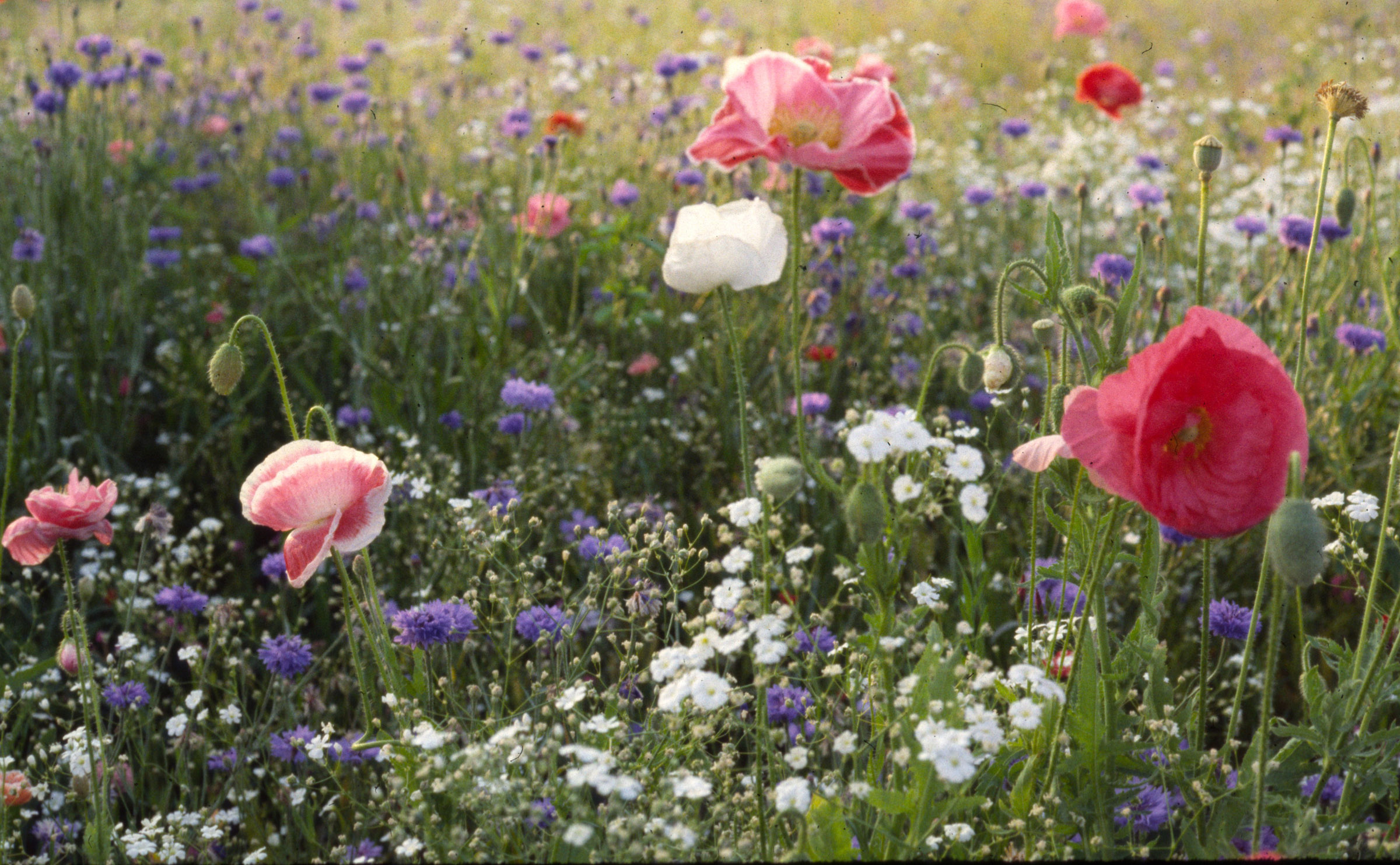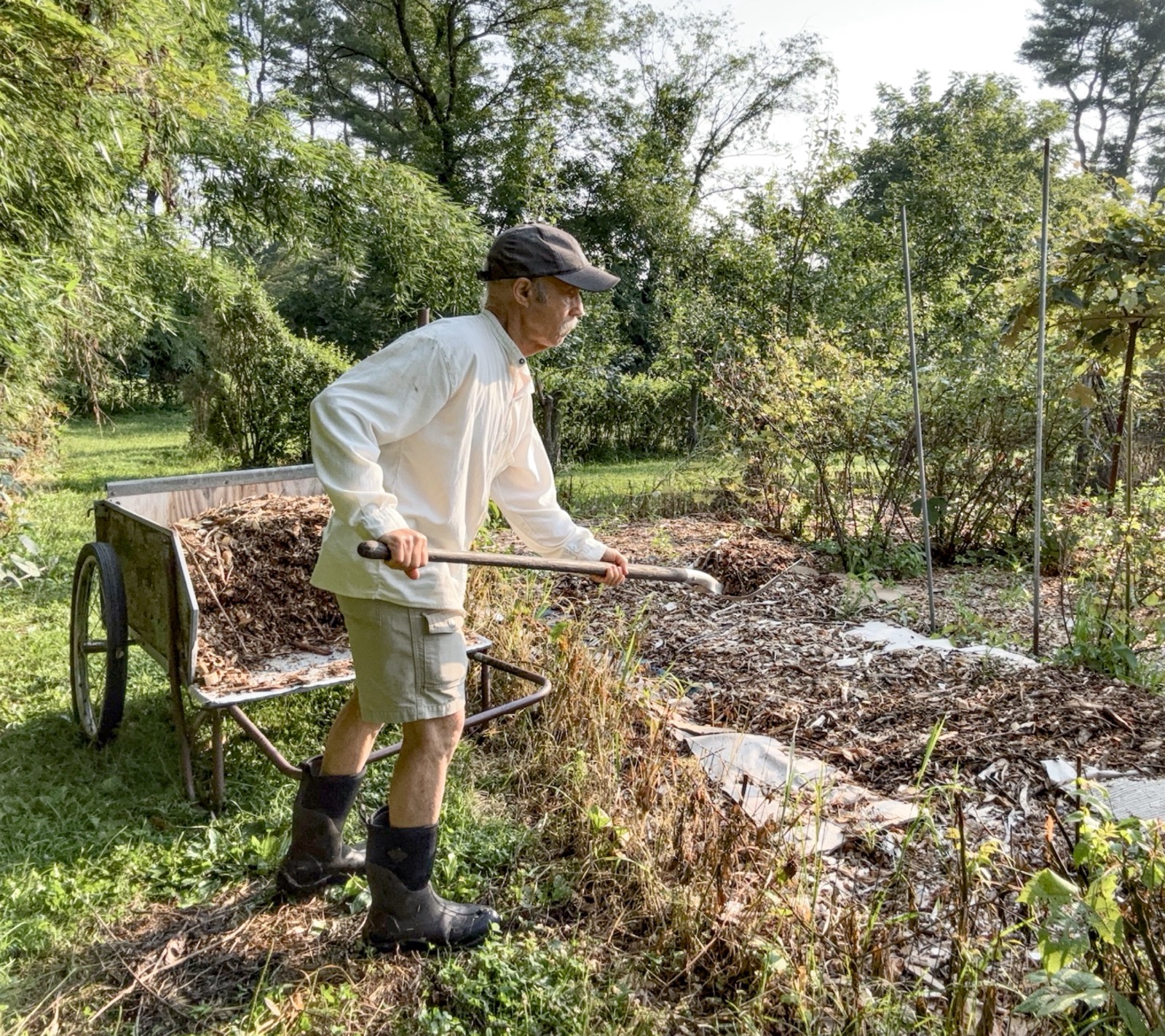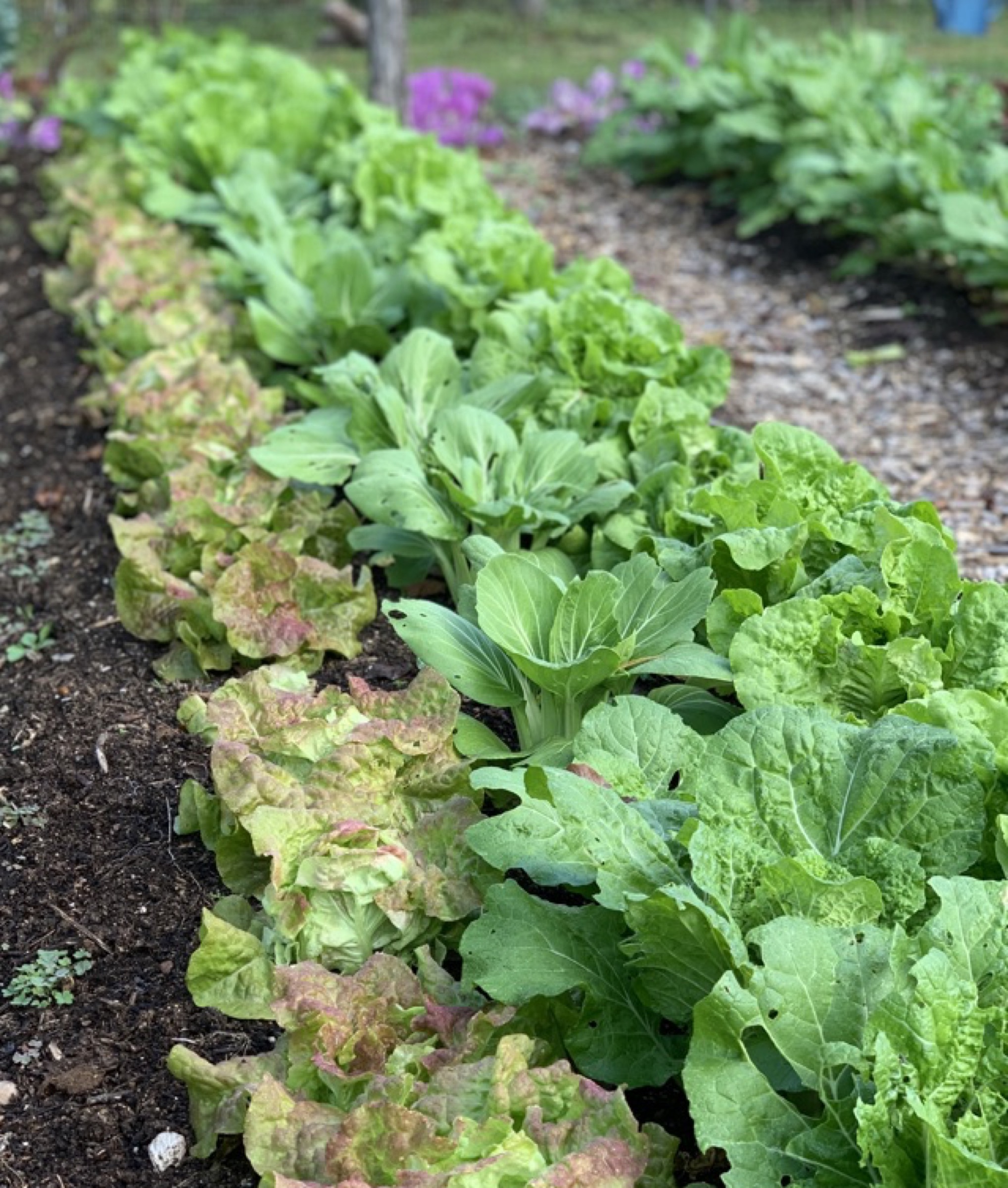MEADOW BEGINNINGS
/3 Comments/in Design/by Lee ReichSmall Meadow Prep
Despite the low maintenance a mature meadow requires, thorough preparation and planning is needed to establish one. Don’t let “meadow in a can” (a container of meadow plant seeds) or some other promise of an instant meadow fool you into believing that just sprinkling seeds or rolling out a seeded, biodegradable carpet on top the ground will result in a carefree riot of season-long color.
Thorough preparation is needed because meadow plants are not set out in neat rows easily weeded by hand or by hoe. Neat rows, after all, would ruin the random charm of a meadow. The goal, therefore, is to create conditions as weed-free as possible before setting out plants or sowing seeds.
The first consideration Read more
ANTI-SOCIAL WEEDS
/8 Comments/in Gardening/by Lee ReichBest Worst in my Gardens
Do your weeds socialize? Mine mostly do not. That’s at least true for summer’s worst weeds. Each has seemingly staked out its territory in various of my gardens or parts of gardens, and keeps there mostly to itself.
The all-time biggest offender has been Canadian thistle (Cirsium arvense). Its bristly stems and leaves have insinuated themselves all over the place to the west of our main vegetable garden, in among a hogepodge of berry plants. How clever of them, especially getting in there among the gooseberries, where it’s hard enough to pull them from amongst the clusters of berrty stems, and made moreso by gooseberry’s spines.
One control — not cure, though — for the thistle invasion is mulch. Because of thistle’s deep, energetic, errant roots, just any mulch will not do.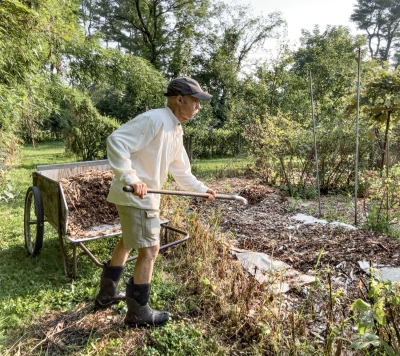 So I’ve resorted, hopefully just for this year, to laying down corrugated cardboard topped with arborist wood chips, a technique beloved to permaculturalists and historically loathed by me. Read more
So I’ve resorted, hopefully just for this year, to laying down corrugated cardboard topped with arborist wood chips, a technique beloved to permaculturalists and historically loathed by me. Read more
PLAN(T) AHEAD
/0 Comments/in Gardening/by Lee ReichA Whole ‘Nuther Garden
It’s hard to imagine that the weather will eventually turn cool, then cold. But of course it will, I’ve been planning what vegetables to grow late in the season after cool temperatures have sapped the vitality from tomatoes, cucumbers, and peppers. You might also consider it, because growing fall vegetables is like having a whole other garden, but in the same space.
Cool weather brings out the best flavor from vegetables such as kale, broccoli, and carrots. And the harvest season is long; fall vegetables just sit pretty awaiting harvest at your leisure.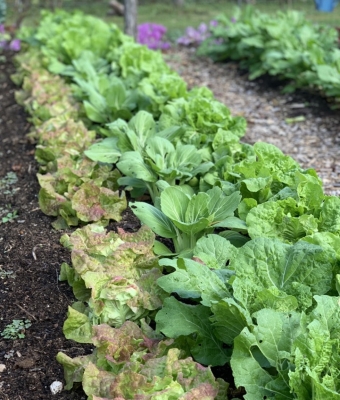 I hew to three commitments I make every summer in planning for fall vegetables.
I hew to three commitments I make every summer in planning for fall vegetables.
The first is to maintain soil fertility. Getting another growing season out of my garden means more fertility is needed, so fertilizer and/or liberal amounts of compost or other organic matter needs to be added to the soil. Fall’s predominantly leafy vegetables are heavy feeders.
My fertility system used to be Read more

